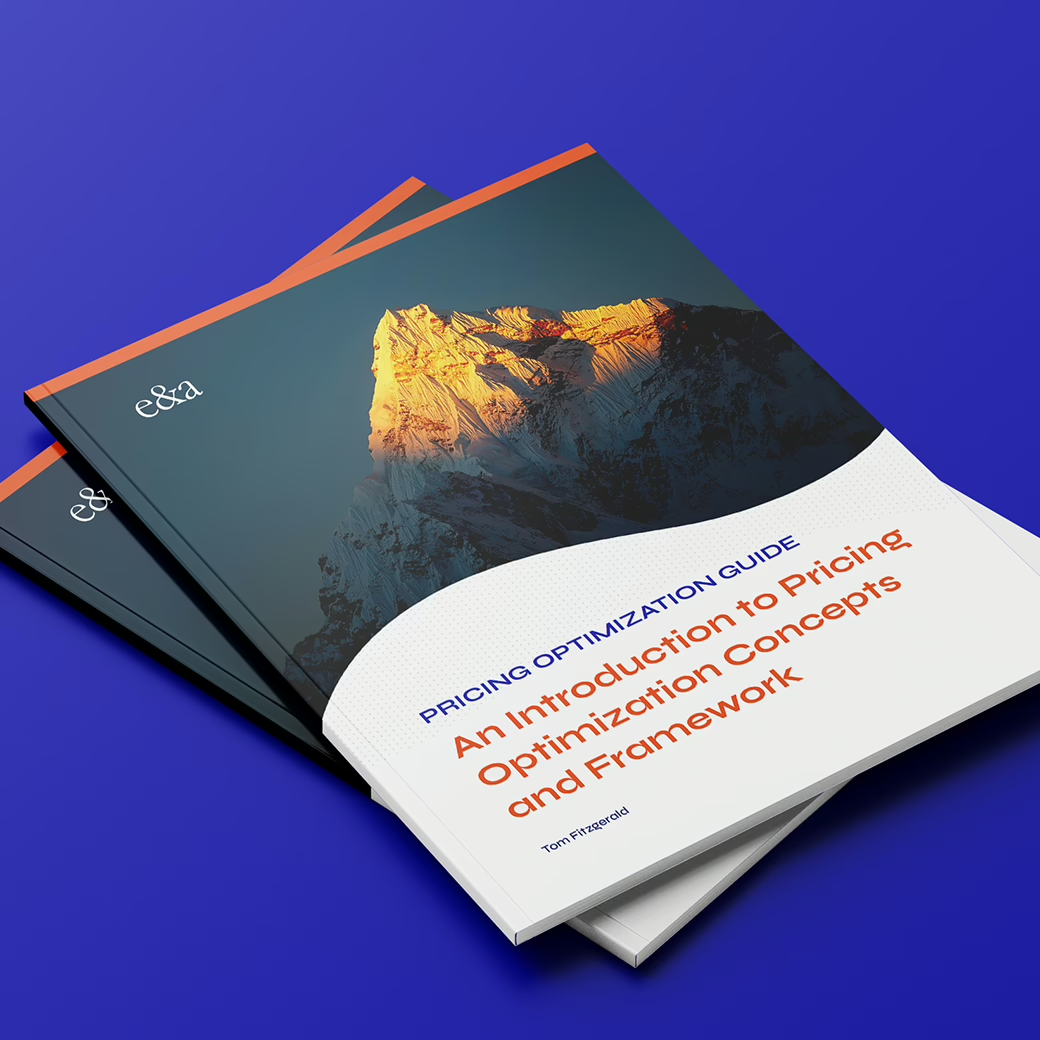
In many organizations, pricing remains a reactive process—an output of finance, an input for sales, and an afterthought for everyone else. But when pricing is treated as a core business strategy, it becomes something far more valuable: a catalyst for transformation.
A true and optimized pricing framework is not a plug-and-play model. It requires structure. It requires rigor. And above all, it requires integration. Companies that have successfully adopted pricing optimization don’t just adjust prices—they build systems that align technology, data, strategy, and execution. These systems are not theoretical ideals; they are practical, scalable frameworks that turn pricing into a strategic advantage.
This article unpacks the four foundational pillars that support a successful pricing framework. When applied together, these elements create a model that is both analytically sound and operationally effective.
Pillar 1: Utilizing Required Technology
The foundation of any optimization strategy begins with the right infrastructure. Pricing, by nature, is complex. It involves variables that shift daily–product availability, customer preferences, geographic constraints, competitive benchmarks. Without the proper tools, these moving parts become impossible to manage effectively.
Modern ERP systems must do more than just house transactions. They must support the advanced analysis and real-time insights needed for dynamic pricing decisions. Key capabilities include:
- Support for complex data matrix analysis across categories and levels
- Robust data mining and manipulation for deep pricing insights
- Consistent methodology in both analytics and deployment
- A clear, enforceable decision-making hierarchy
- Tools that reduce workarounds and unauthorized pricing changes
- Timely delivery of relevant, actionable pricing data
- Systems that are both powerful in functionality and practical to maintain
Technology does not replace strategy–it empowers it. Without the right systems in place, even the most sophisticated pricing strategy will fail to scale.
Pillar 2: Gathering Data for Analytics
Optimization begins with observation. Data is the raw material that fuels pricing insights, and collecting the right types of data is essential for making informed decisions.
Some of the most critical data inputs include:
- Item Stratification Results – Understanding sales and sales mix by item, including value contribution and product group classification.
- Customer Stratification Results – Classifying customers based on their value to the business.
- Customer-Item Visibility – Knowing which items matter most to which customers and how price-sensitive they are.
- Product Unit Cost – Identifying accurate and current cost information at a granular level.
- True Gross Margin – Calculating gross margin in a way that reflects not just COGS but also cost-to-serve (CTS) factors.
- External Inputs – Incorporating insights from the marketplace and front-line sales teams.
Too many organizations gather data but fail to connect the dots. In an optimized pricing framework, raw data becomes intelligence only when analyzed in context—and aligned with strategy.
Pillar 3: Defining a Strategy
Pricing without a strategy is like sailing without a compass. A well-defined pricing strategy starts with a clear understanding of the business’s goals, market positioning, and operational realities. It then layers in the analytical insights gathered from the data to create a strategic pricing matrix that is both targeted and flexible.
At a strategic level, pricing should aim to drive improvements in:
- Top-line sales
- Customer engagement and satisfaction
- Market share growth
- Gross margin enhancement
- EBITDA performance
Because of the multiple variables in play–customer type, geography, product category, order frequency, and more—there are potentially hundreds of unique pricing scenarios to consider. But the key is to focus only on those that matter most to the business. Prioritize high-impact segments and avoid getting bogged down in complexity for complexity’s sake.
This pillar is about intent: What is the company optimizing for? Growth? Margin? Customer retention? A pricing strategy should be a direct reflection of the organization’s broader goals.
Pillar 4: Executing the Strategy Using a Defined Process
Designing a pricing framework or strategy is only half the battle. The other half is execution. Many organizations falter not because their strategy is flawed, but because it’s inconsistently applied—or not applied at all.
Execution requires more than just process. It requires a cultural shift. Pricing decisions must become disciplined, repeatable, and integrated into the daily workflow of the organization. A defined pricing process should include:
- A practical deployment system that provides timely insights
- Systems that are easy to maintain and adjust
- Feedback loops to measure pricing effectiveness and spot trends
- Ongoing support from IT to ensure system stability and scalability
- Education and training to help employees understand and apply pricing strategies effectively
The tactical steps for execution include:
- Analyze Inputs – Understand internal data, market conditions, and customer expectations.
- Optimize the Plan – Build pricing policies, strategies, and tactics that reflect these inputs.
- Validate Through Modeling – Use “what-if” scenarios to test the impact of pricing changes.
- Prioritize Impactful Scenarios – Focus on opportunities that deliver measurable returns.
- Validate the Data – Account for seasonality, anomalies, and emerging trends.
- Engage the Salesforce – Include frontline teams in the pricing process to secure buy-in and increase consistency.
- Adapt as Needed – Allow for exceptions but manage them through clearly defined rules.
A successful pricing process is not static; it adapts and evolves. But it must remain structured, or it risks becoming as ad hoc as the traditional models it was meant to replace.
The Holistic Power of the Framework
What distinguishes true pricing optimization from legacy models isn’t just better pricing. It’s better decision-making. The four pillars described above form an integrated system that ensures pricing becomes proactive, deliberate, and aligned with company-wide goals.
- Technology provides the tools.
- Data fuels the insights.
- Strategy defines the purpose.
- Execution delivers the results.
Each pillar supports the others. Weakness in any one area will erode the effectiveness of the whole.
This framework also reinforces cross-functional alignment. When sales, finance, marketing, and operations work from a shared pricing structure, the organization speaks with one voice—externally to the customer and internally around the table.
Turning Process into Power
Pricing is no longer a back-office function or an afterthought delegated to spreadsheets and sales instincts. It is a core part of how companies compete, grow, and thrive.
By embracing a structured pricing framework, companies can move from reactive decisions to deliberate strategy, from tactical discounts to strategic margin management, and from fragmented practices to unified execution.
The businesses that succeed in the next chapter of competitive growth won’t be the ones that just “price to win.” They’ll be the ones that price with purpose, powered by a framework built for precision, agility, and long-term performance.








